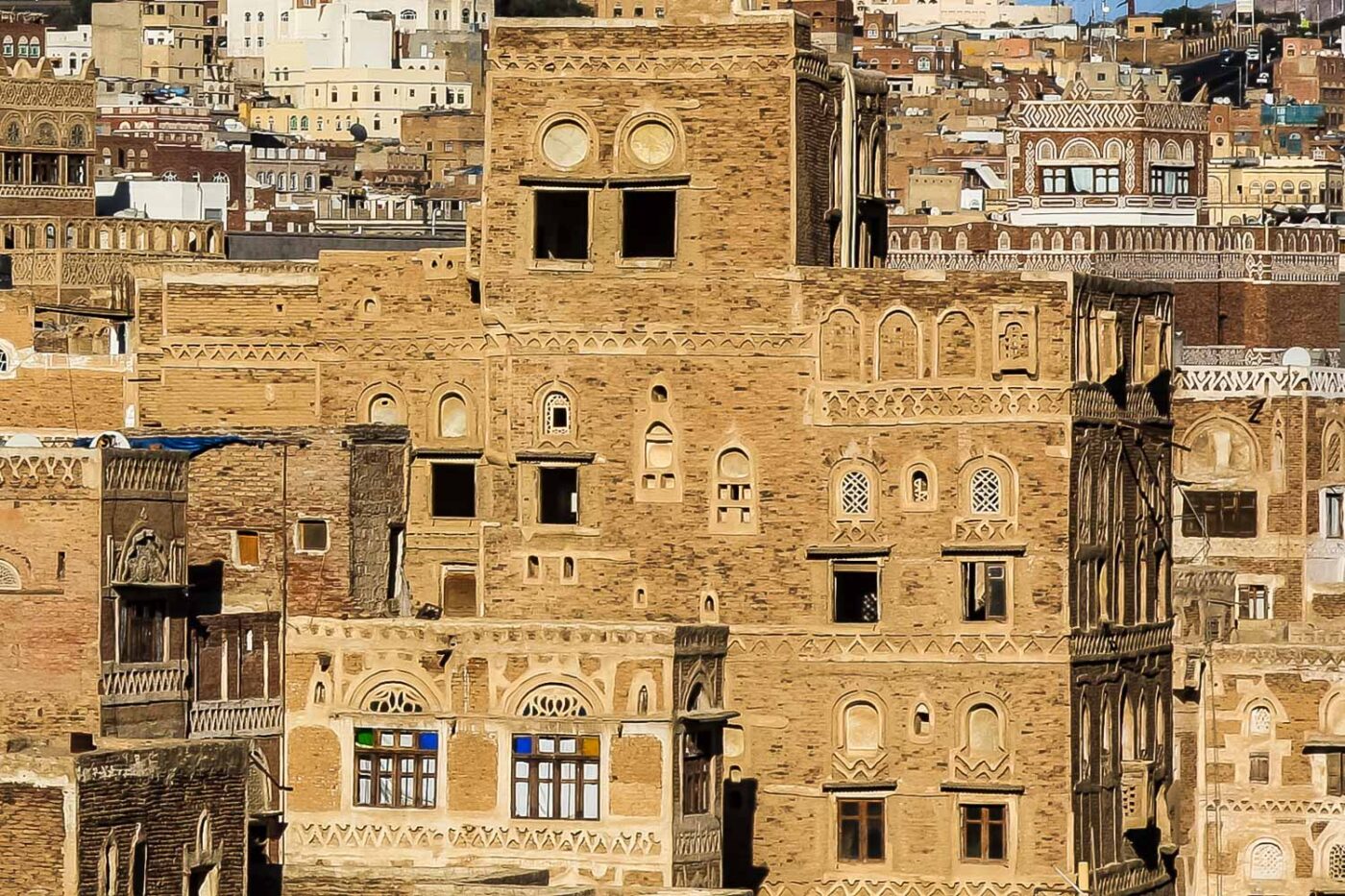The world’s first skyscrapers

When were the world’s first skyscrapers built? If your answer is Manhattan you are wrong. You need to go farther to the East to Yemen. The city of Shibam with about 7,000 inhabitants and the capital for periods of the Hadramawt kingdom owes its fame to its distinct architecture. The houses of Shibam are made out of mud bricks. Still, there are about 500 tower houses, rising 5 to 9 storeys high.
While Shibam has existed for around 2,000 years, most of the city’s houses come from the 16th century. However over the following centuries, many have been rebuilt over and over again. While Shibam is often called the oldest skyscraper city in the world other cities in Yemen like Sanaa have also skyscrapers.
In the 19th and 20th centuries, travellers were struck by the height of these houses five to six stories high. Shibam dwellers built their skyscrapers to be forts as well as homes. They sought refuge and protection in the height of the structures.
Rising towards the sky, these houses are also striking symbols of economic and political prestige.
And yet the houses are still built in the same old way. Builders dig deep into the ground to find firm soil and, at the bottom of the trench, place a layer of animal droppings covered by a layer of salt. On this course, they place timbers parallel to the walls, with stones packed in the interstices.
The builders construct a masonry wall of stone and lime up to street level. Then they pile sun-dried mud bricks up to the sixth floor, reducing the thickness of the walls as the building rises. The external profile tapers slightly from ground to roof. While building the houses, hand made details gave different impressive decorative shapes to the world’s first skyscrapers.

